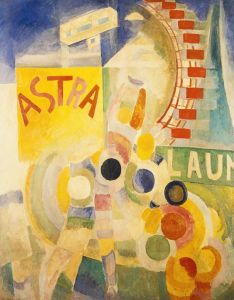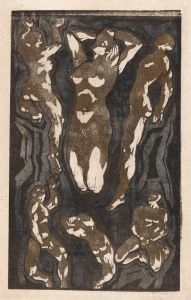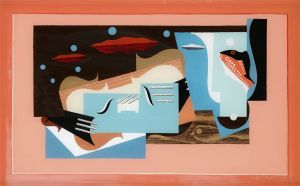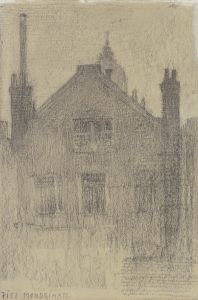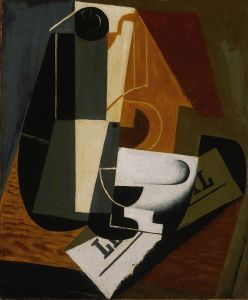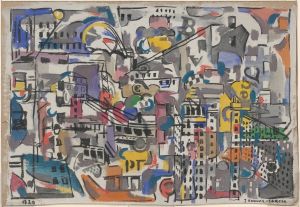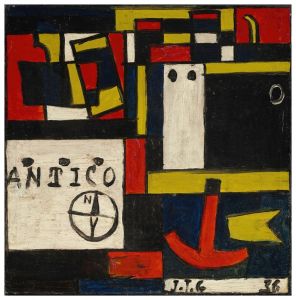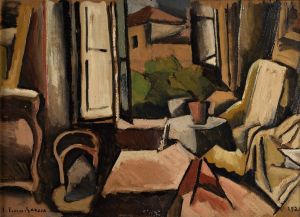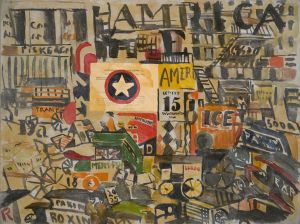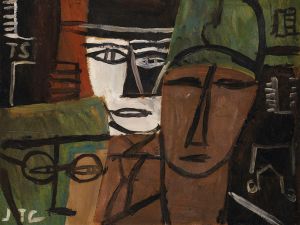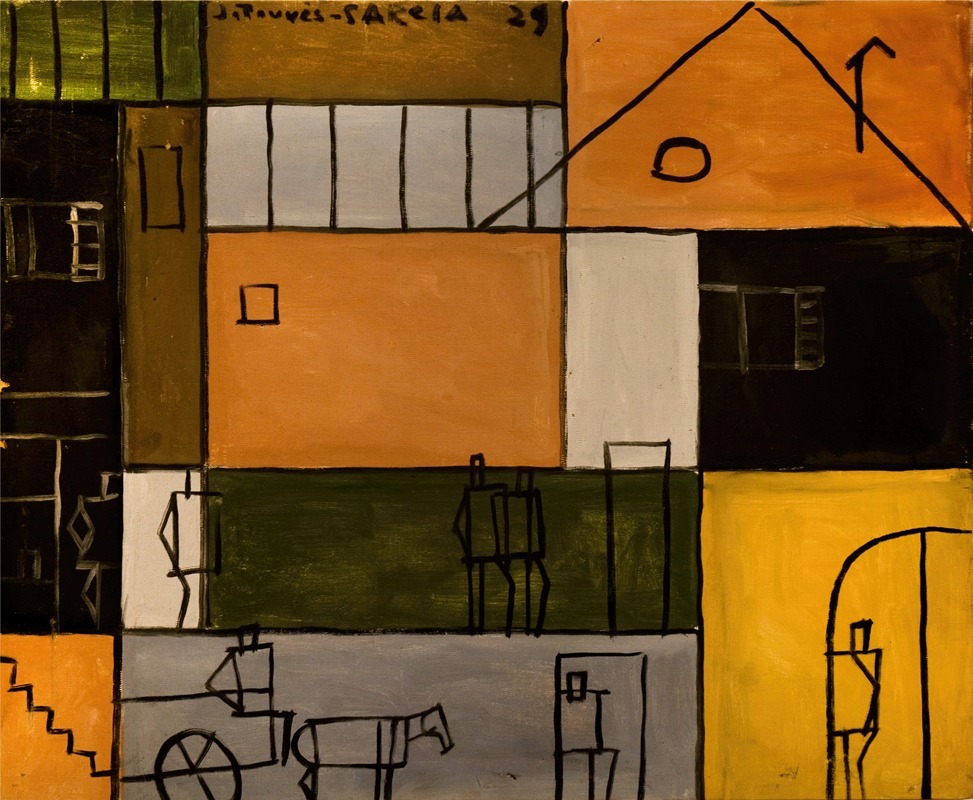
Pintura constructiva
A hand-painted replica of Joaquín Torres-García’s masterpiece Pintura constructiva, meticulously crafted by professional artists to capture the true essence of the original. Each piece is created with museum-quality canvas and rare mineral pigments, carefully painted by experienced artists with delicate brushstrokes and rich, layered colors to perfectly recreate the texture of the original artwork. Unlike machine-printed reproductions, this hand-painted version brings the painting to life, infused with the artist’s emotions and skill in every stroke. Whether for personal collection or home decoration, it instantly elevates the artistic atmosphere of any space.
Joaquín Torres-García's Pintura constructiva is a notable example of the artist's contribution to modern art and his development of Constructivism in Latin America. Created in 1931, this painting reflects Torres-García's synthesis of European avant-garde movements with his interest in pre-Columbian art and universal symbols. The work is emblematic of his unique approach to abstraction, which he termed "Constructive Universalism."
Torres-García was a Uruguayan artist who spent significant periods of his life in Europe, particularly in Spain and France, where he engaged with leading modernist movements. During his time in Paris, he was influenced by artists such as Piet Mondrian and Theo van Doesburg, key figures in the De Stijl movement. However, Torres-García sought to adapt these ideas to his own vision, incorporating a sense of order and structure while also emphasizing the importance of cultural heritage and timeless symbols.
Pintura constructiva exemplifies this approach. The composition is characterized by a grid-like structure, a hallmark of Constructivist art, which organizes the canvas into a series of rectangular compartments. Within these compartments, Torres-García placed simplified, symbolic forms, such as human figures, houses, boats, and other archetypal motifs. These symbols are rendered in a flat, schematic style, emphasizing their universality and timelessness. The use of earthy tones and muted colors further connects the work to the natural world and pre-Columbian art traditions.
The painting reflects Torres-García's belief in the need for a universal language of art, one that transcends cultural and temporal boundaries. By combining the rationality and order of Constructivism with the spiritual and symbolic depth of ancient art, he sought to create a new visual language that could resonate with audiences across different contexts. This philosophy was central to his artistic practice and theoretical writings, which had a profound influence on the development of modern art in Latin America.
After returning to Uruguay in 1934, Torres-García continued to develop and promote Constructive Universalism, founding the "Taller Torres-García" (Torres-García Workshop), which became a hub for modern art in the region. Pintura constructiva remains a significant work within his oeuvre, illustrating his innovative approach to abstraction and his commitment to bridging the past and the present through art.
This painting is now recognized as a key piece in the history of modern art, reflecting Torres-García's pivotal role in shaping the artistic landscape of the 20th century. It is often studied as an example of how Latin American artists engaged with and reinterpreted European modernist ideas, creating a unique and regionally grounded artistic vision.





